
Kerlix Fluff Bandage Roll, Sterile 4.5 inches x 4.1 yards - Case of 100
Arrives Fri, Jan 2 - Sun, Jan 4

Arrives Fri, Jan 2 - Sun, Jan 4

Arrives Fri, Jan 2 - Sun, Jan 4
FSA & HSA eligible
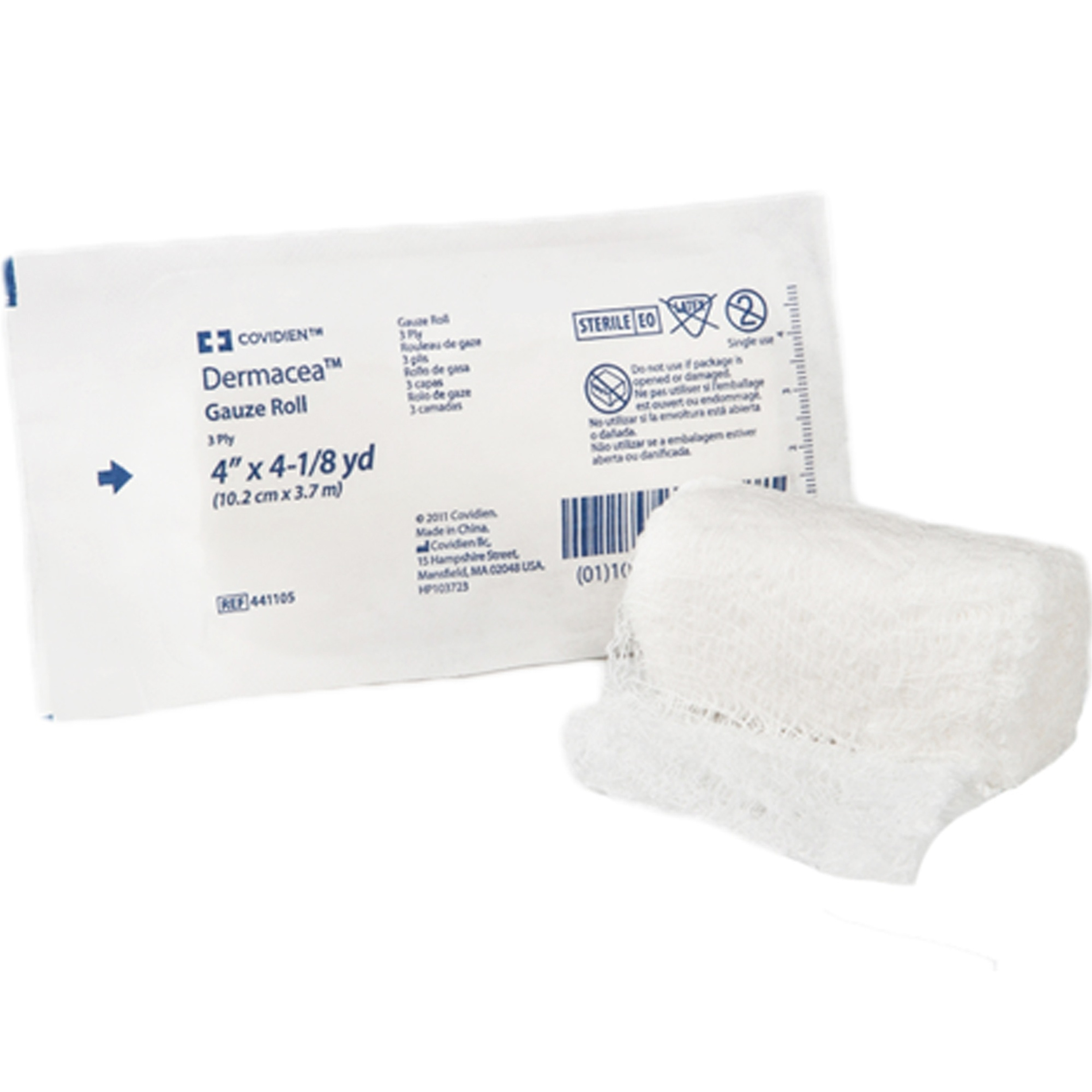
Arrives Fri, Jan 2 - Sun, Jan 4
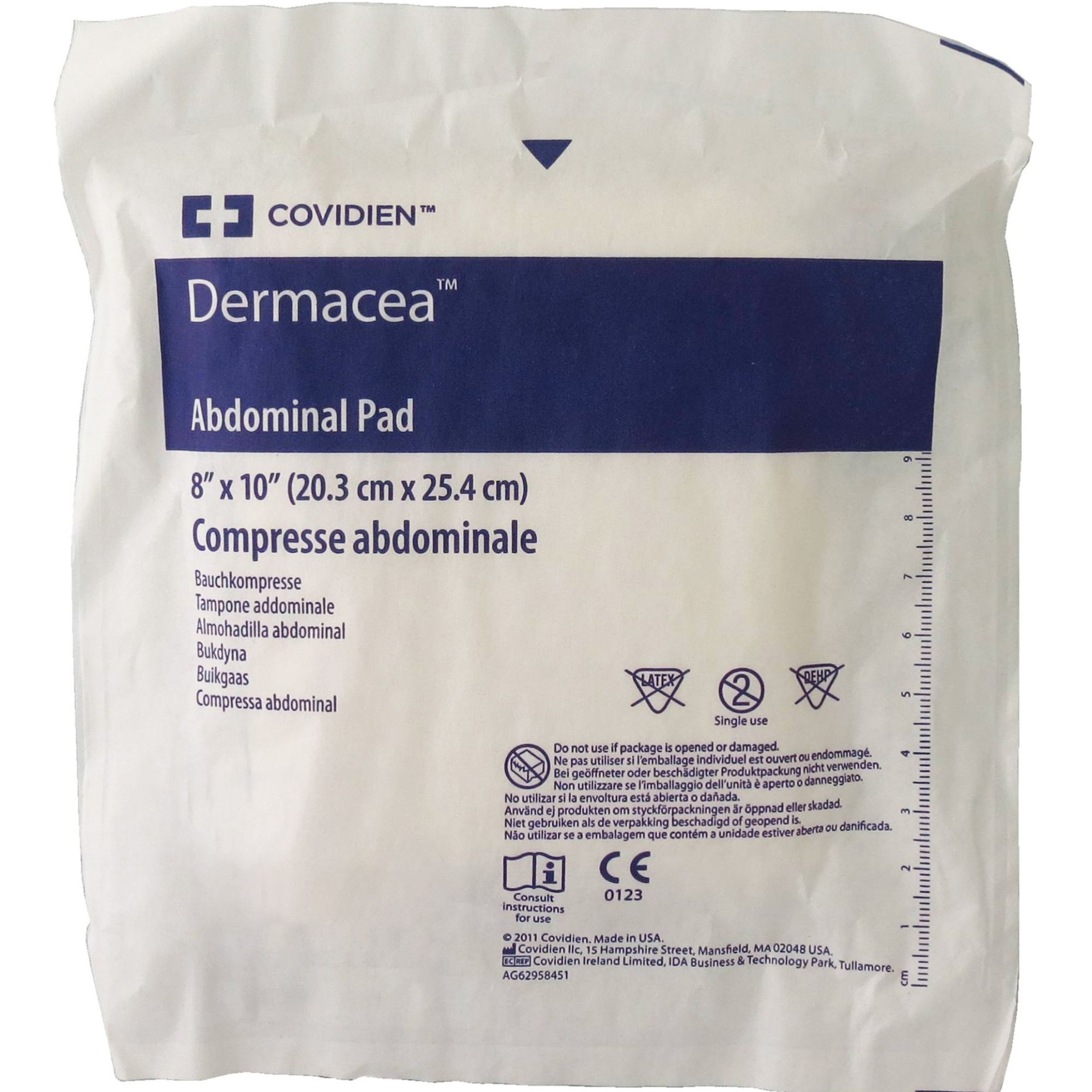
Arrives Fri, Jan 2 - Sun, Jan 4
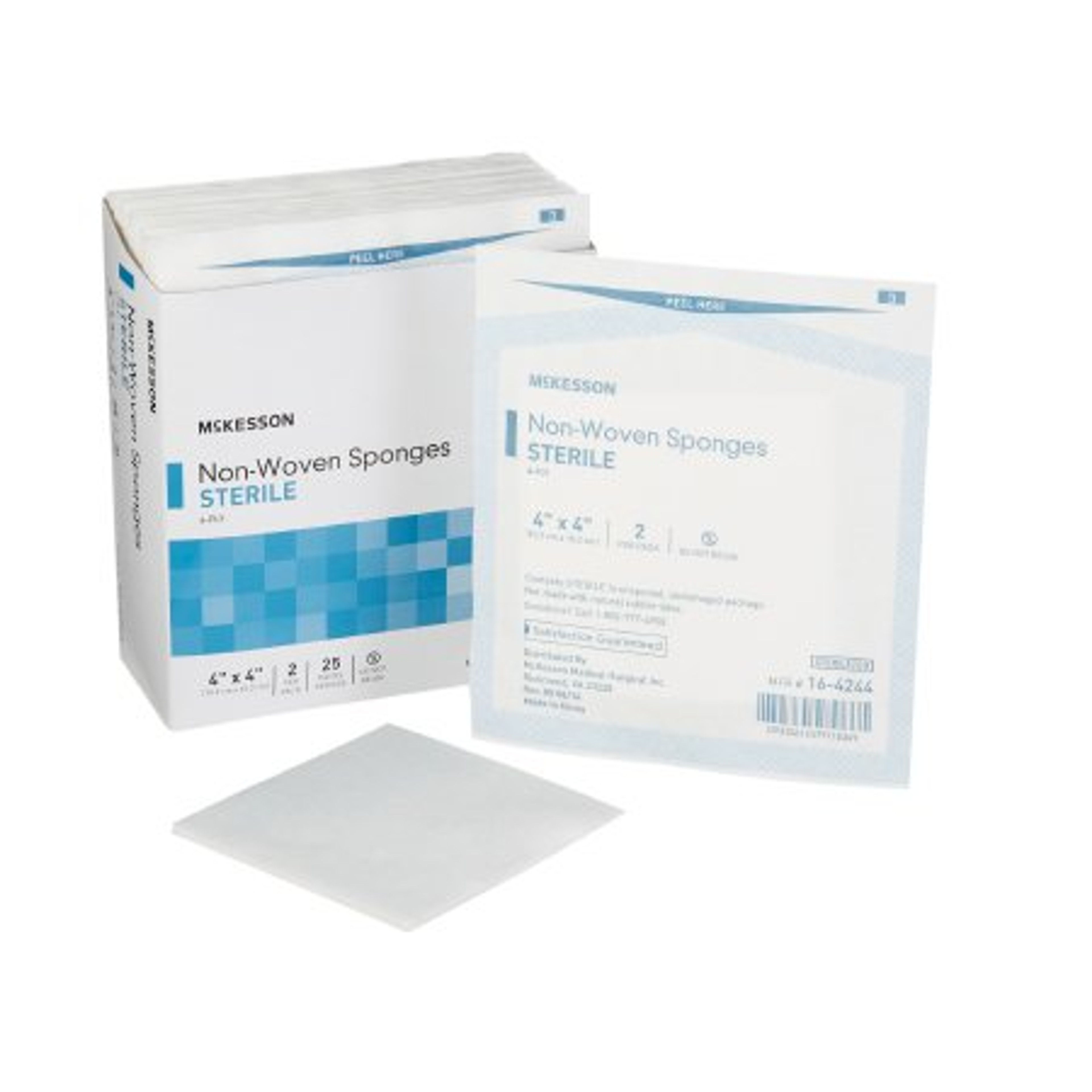
Arrives Fri, Jan 2 - Sun, Jan 4
FSA & HSA eligible

Arrives Fri, Jan 2 - Sun, Jan 4
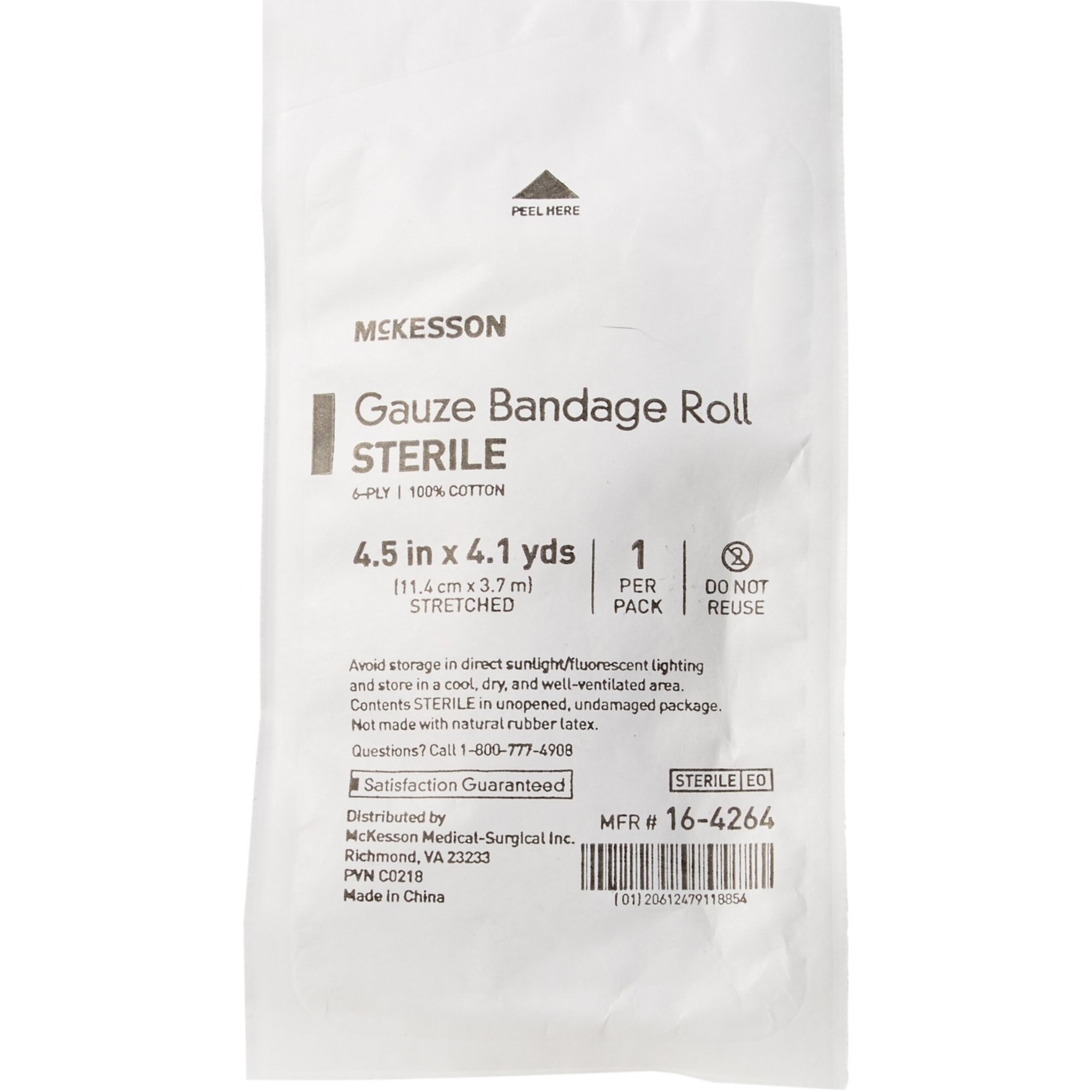
Arrives Fri, Jan 2 - Sun, Jan 4
FSA & HSA eligible
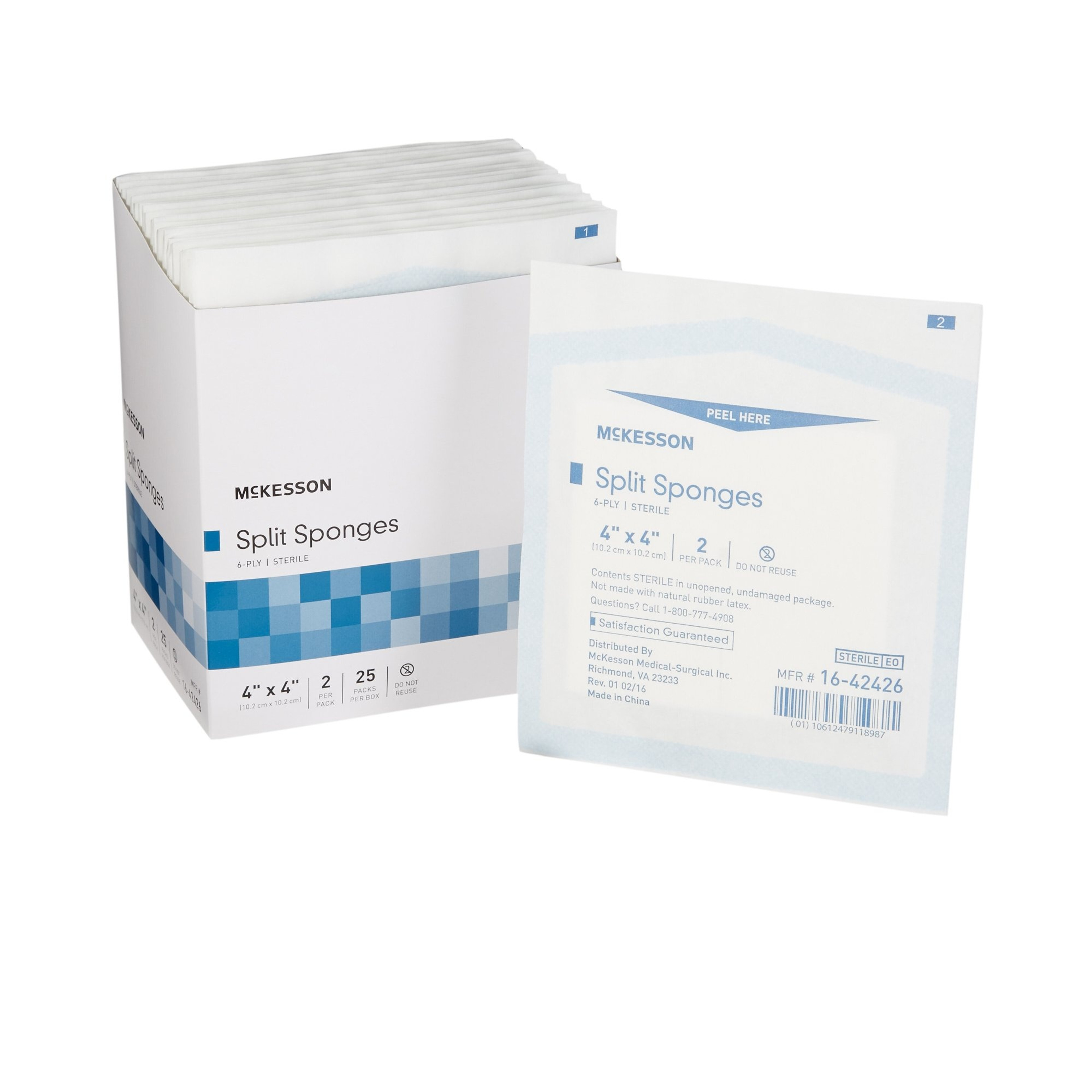
Arrives Fri, Jan 2 - Sun, Jan 4
FSA & HSA eligible
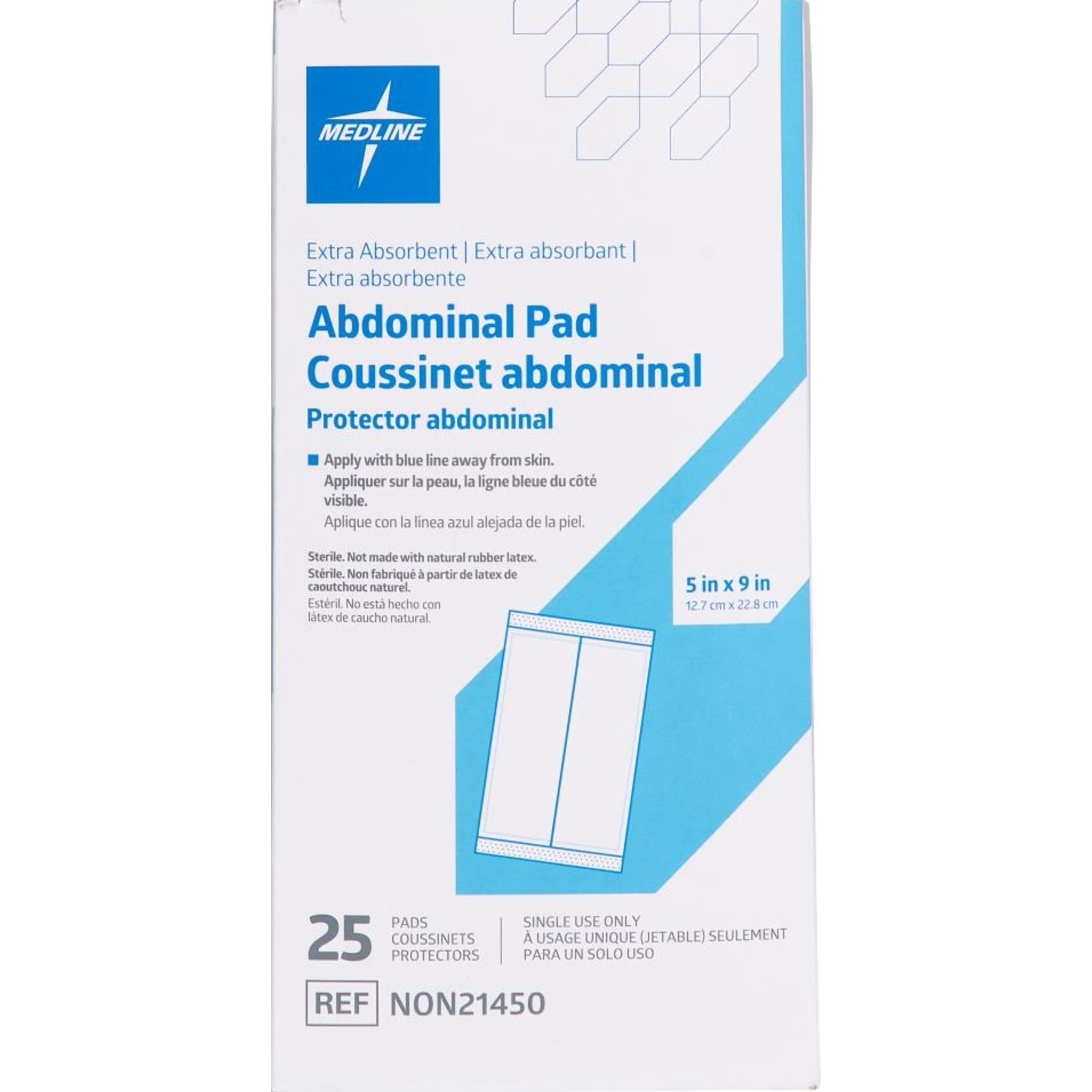
Arrives Fri, Jan 2 - Sun, Jan 4
FSA & HSA eligible

Arrives Fri, Jan 2 - Sun, Jan 4
FSA & HSA eligible
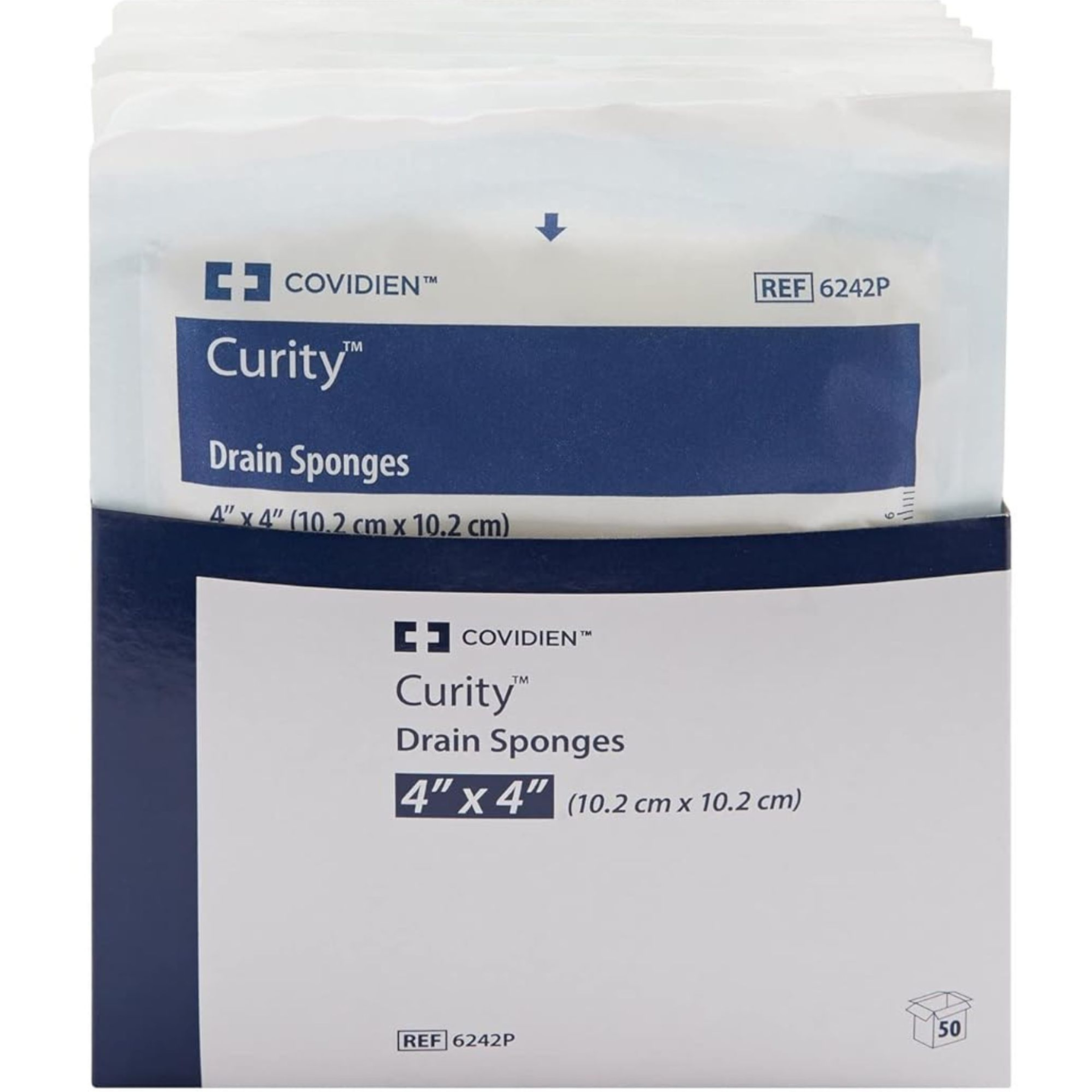
Arrives Fri, Jan 2 - Sun, Jan 4
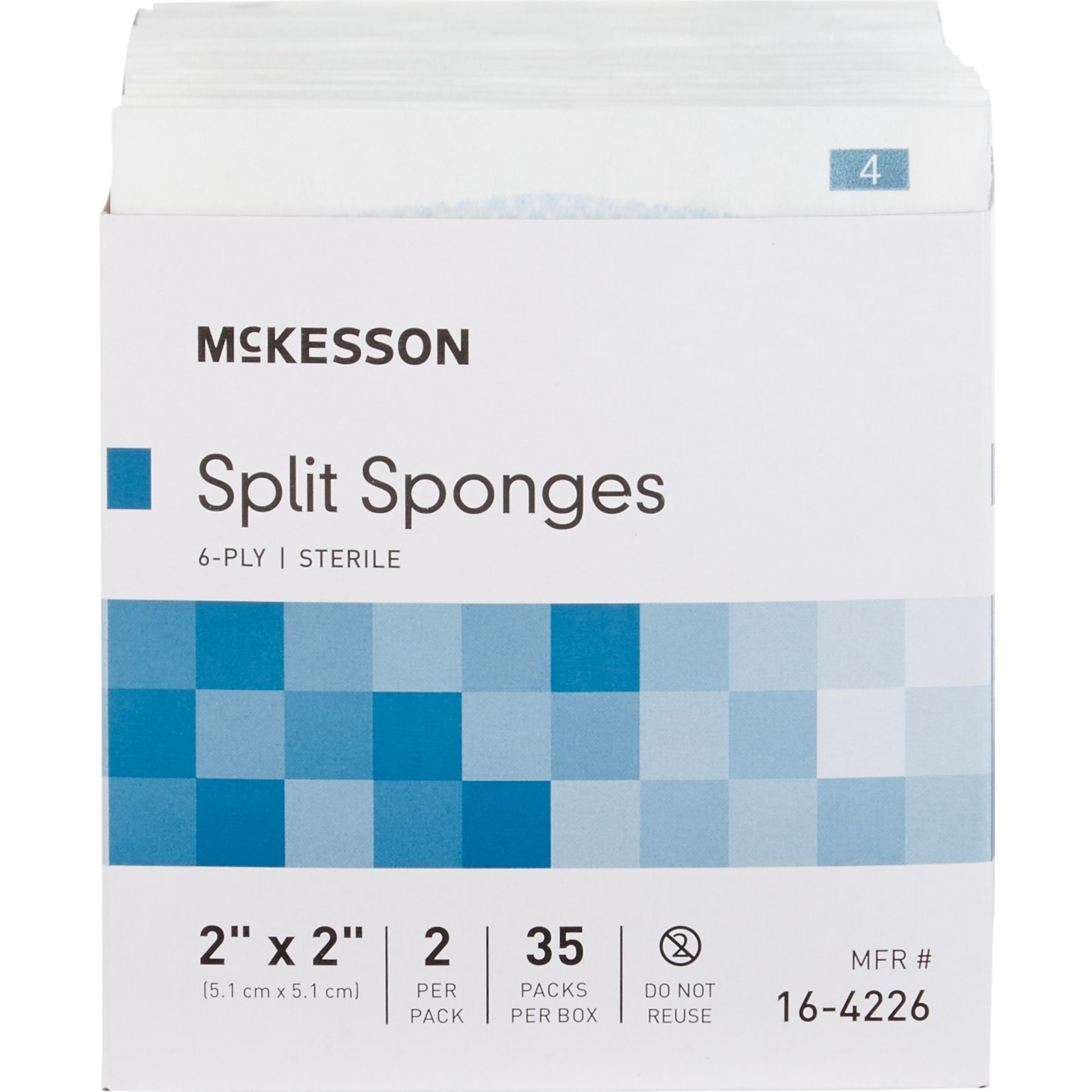
Arrives Fri, Jan 2 - Sun, Jan 4
FSA & HSA eligible
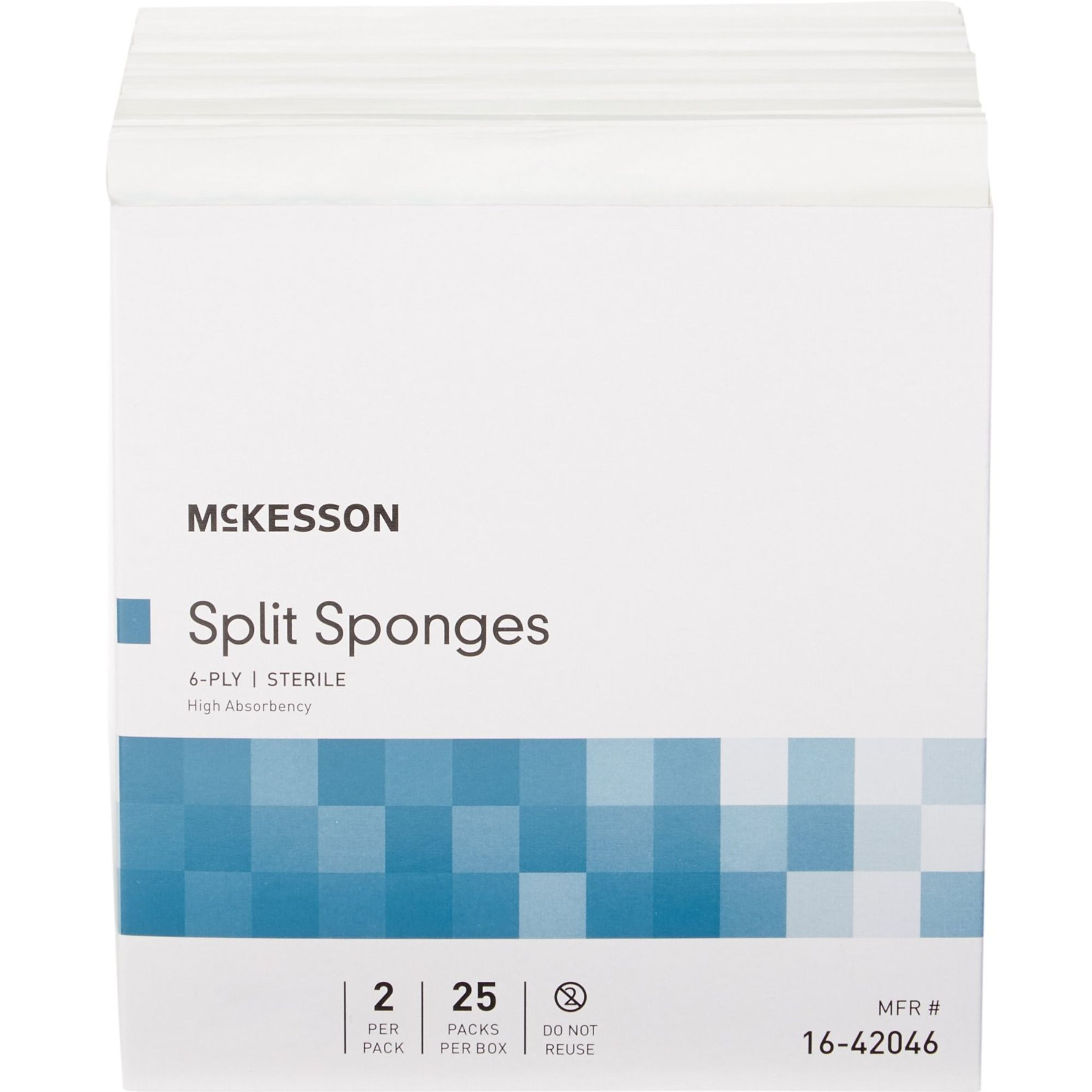
Arrives Fri, Jan 2 - Sun, Jan 4
FSA & HSA eligible
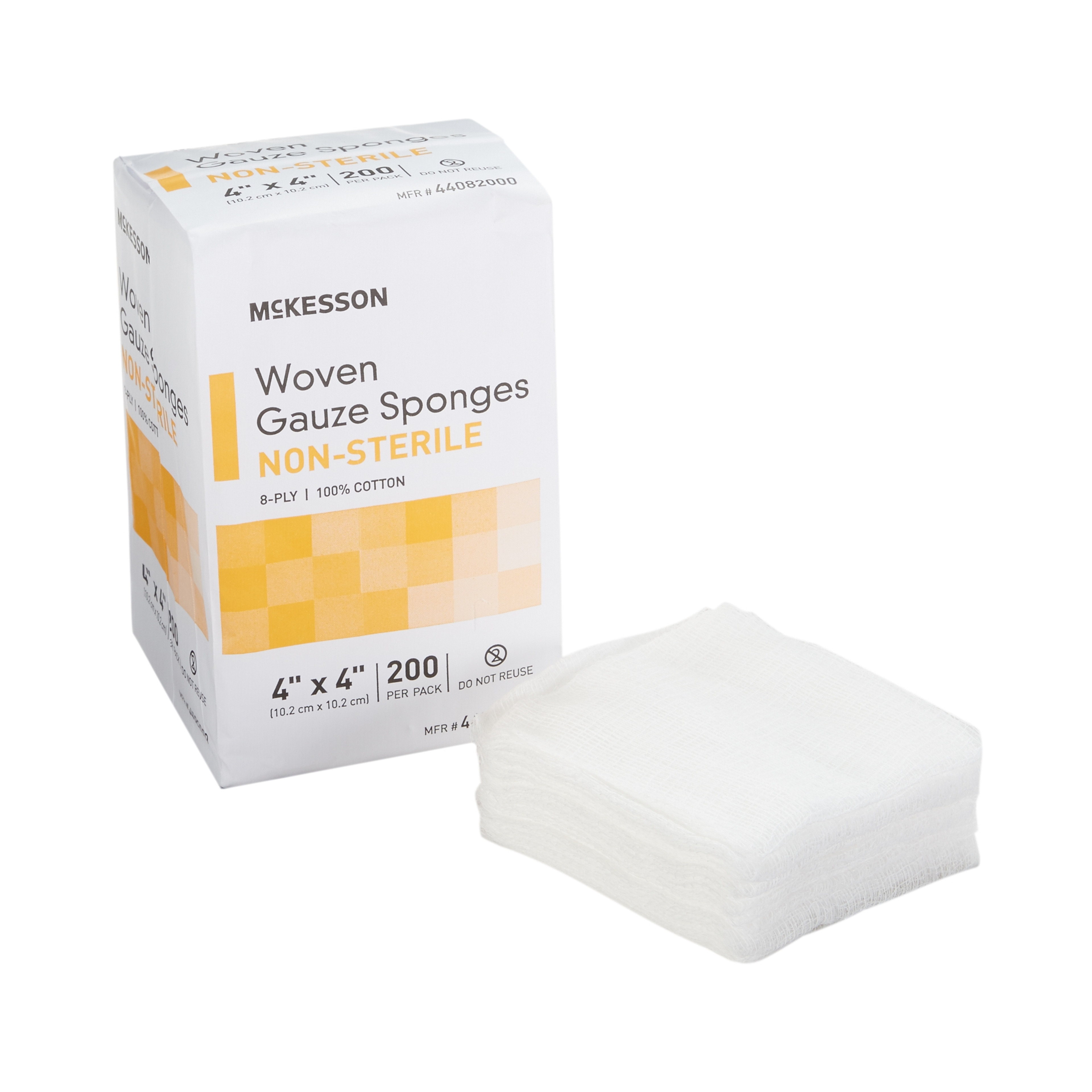
Arrives Fri, Jan 2 - Sun, Jan 4
FSA & HSA eligible

Arrives Fri, Jan 2 - Sun, Jan 4
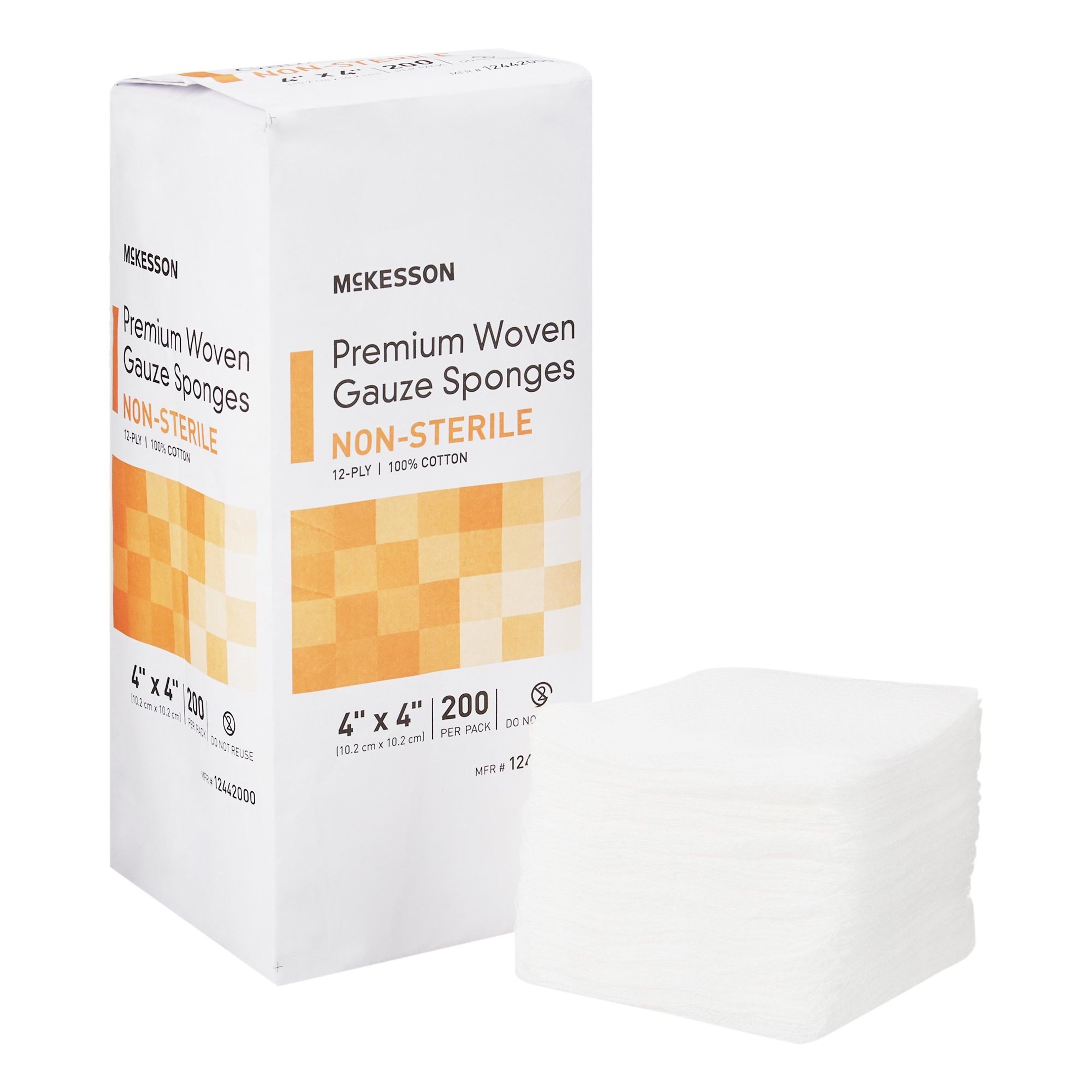
Arrives Fri, Jan 2 - Sun, Jan 4
FSA & HSA eligible
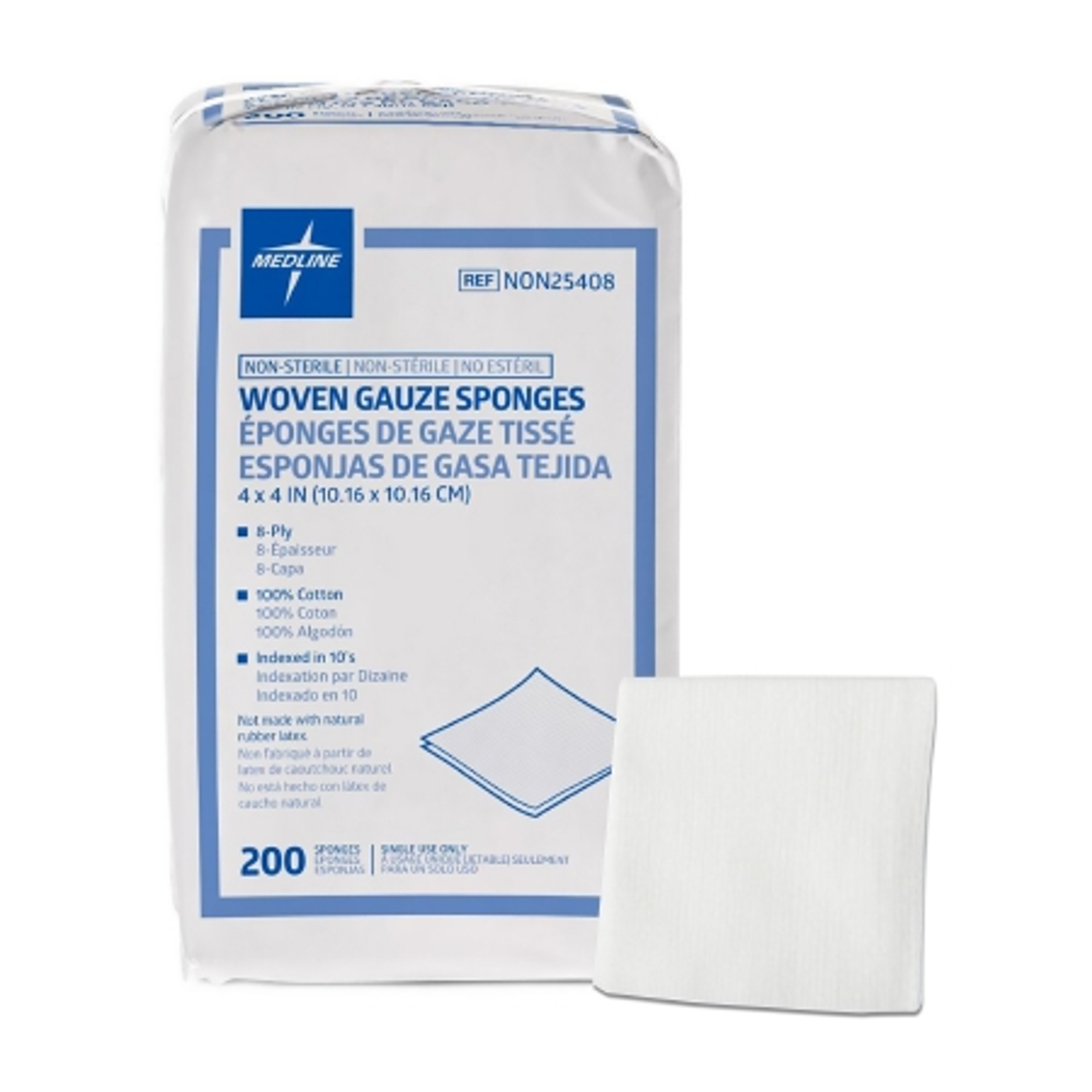
Arrives Fri, Jan 2 - Sun, Jan 4
FSA & HSA eligible
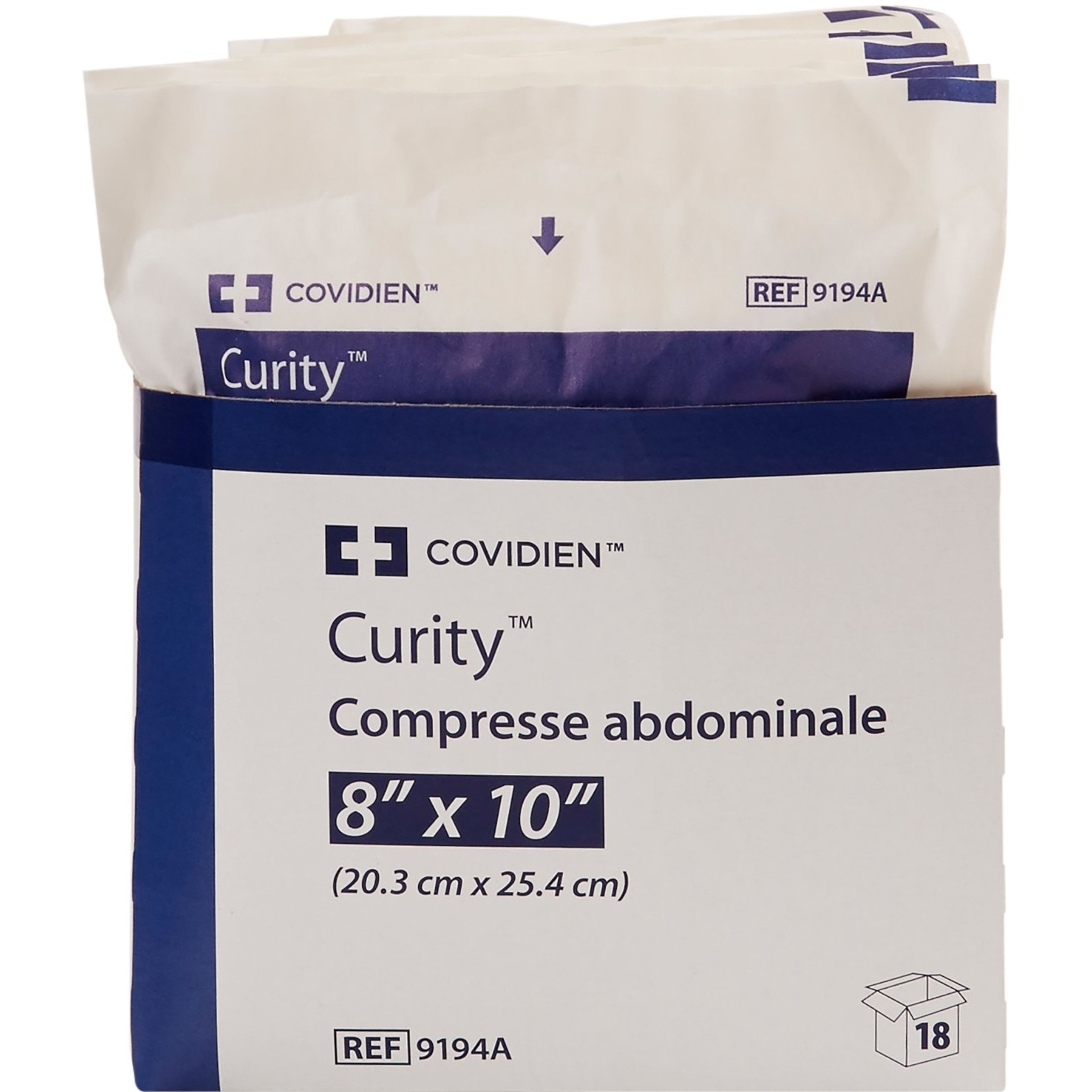
Arrives Fri, Jan 2 - Sun, Jan 4
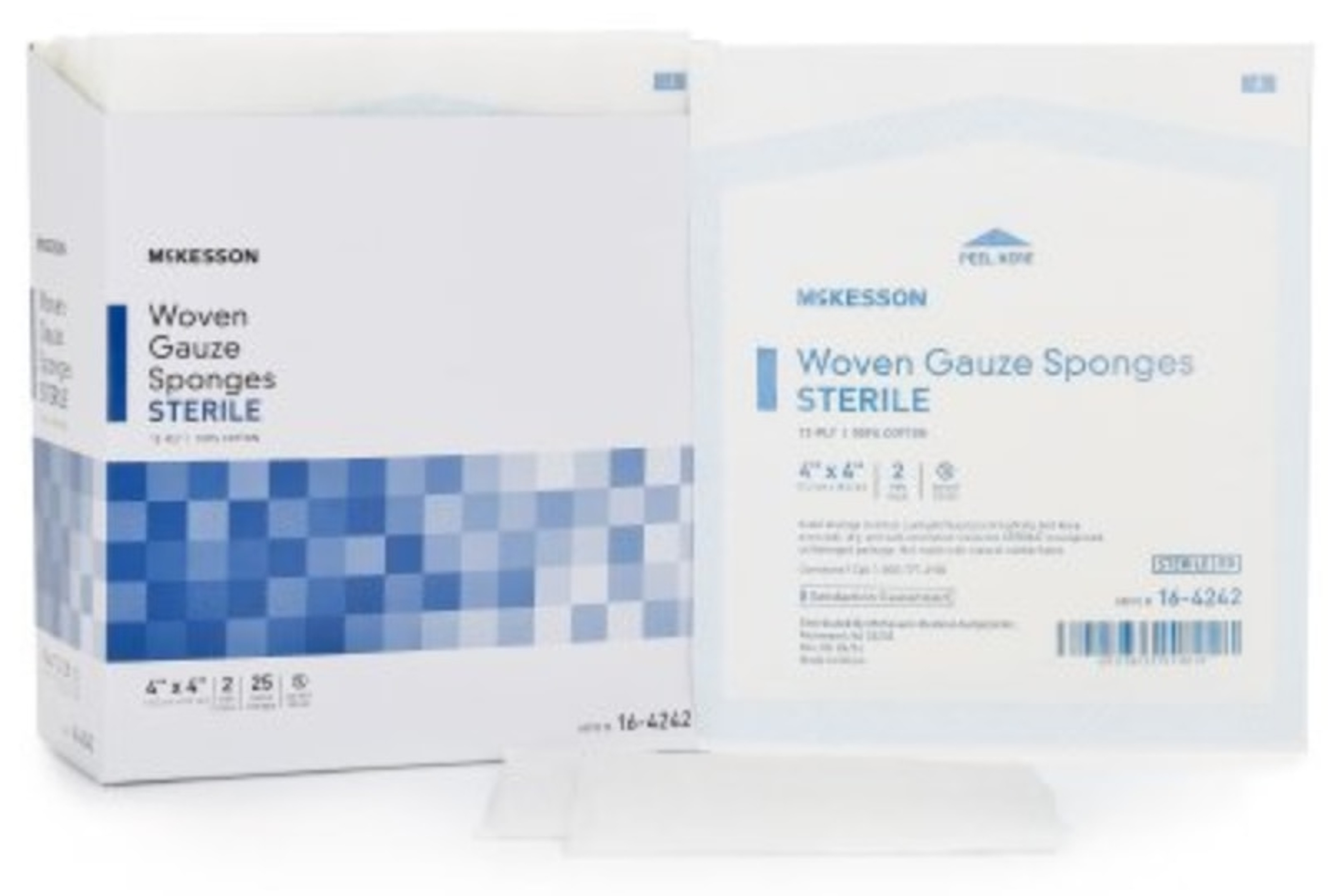
Arrives Fri, Jan 2 - Sun, Jan 4
FSA & HSA eligible
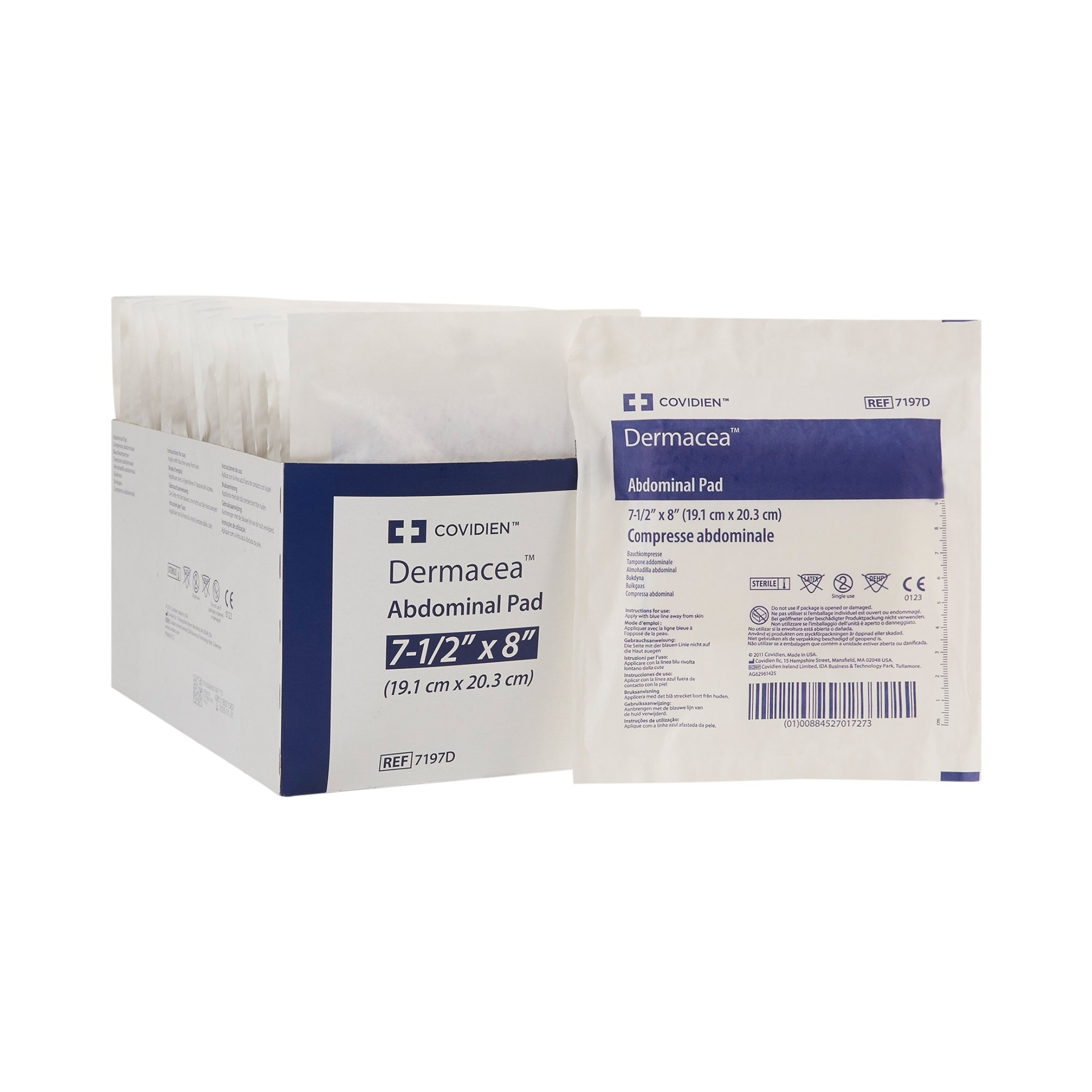
Arrives Fri, Jan 2 - Sun, Jan 4
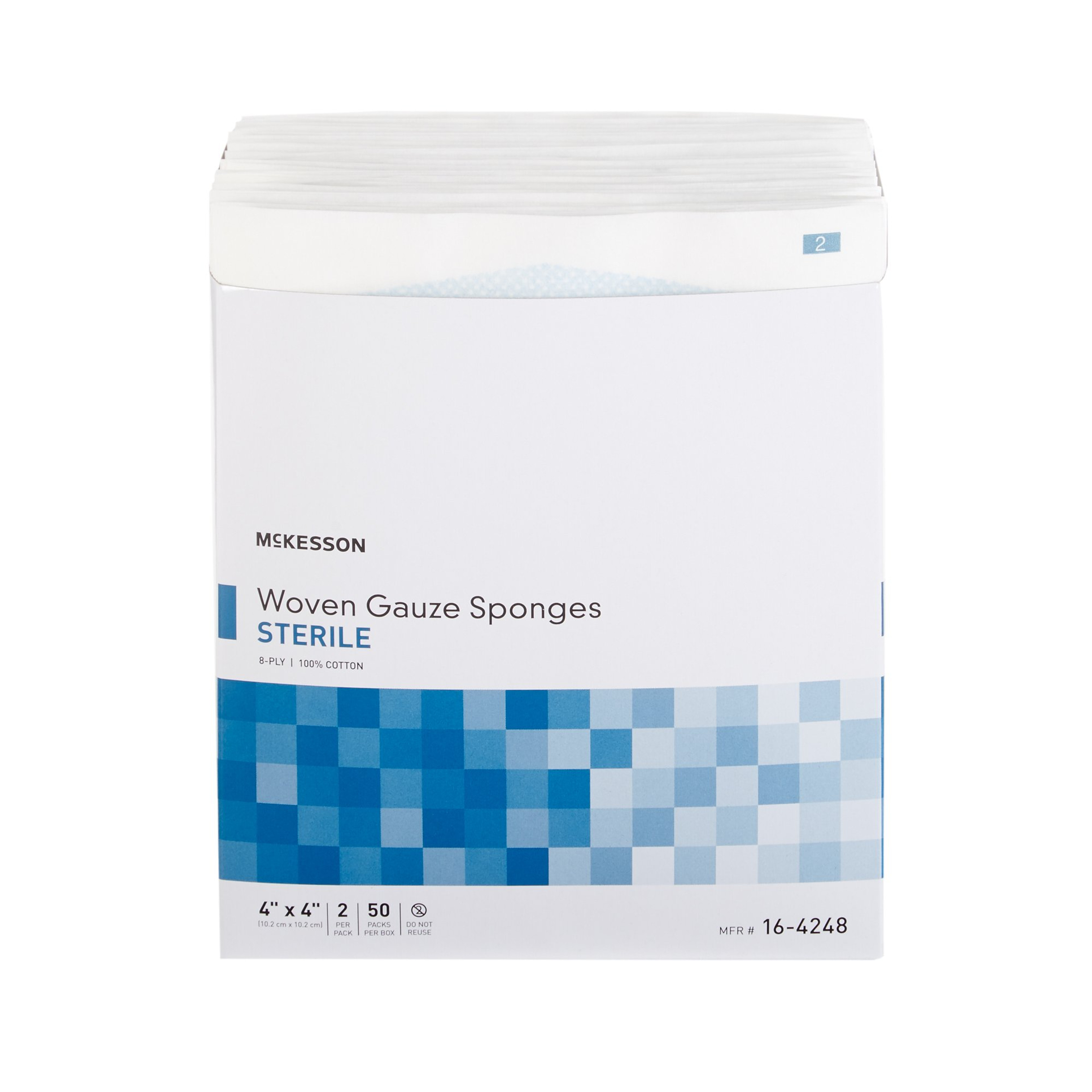
Arrives Fri, Jan 2 - Sun, Jan 4
FSA & HSA eligible
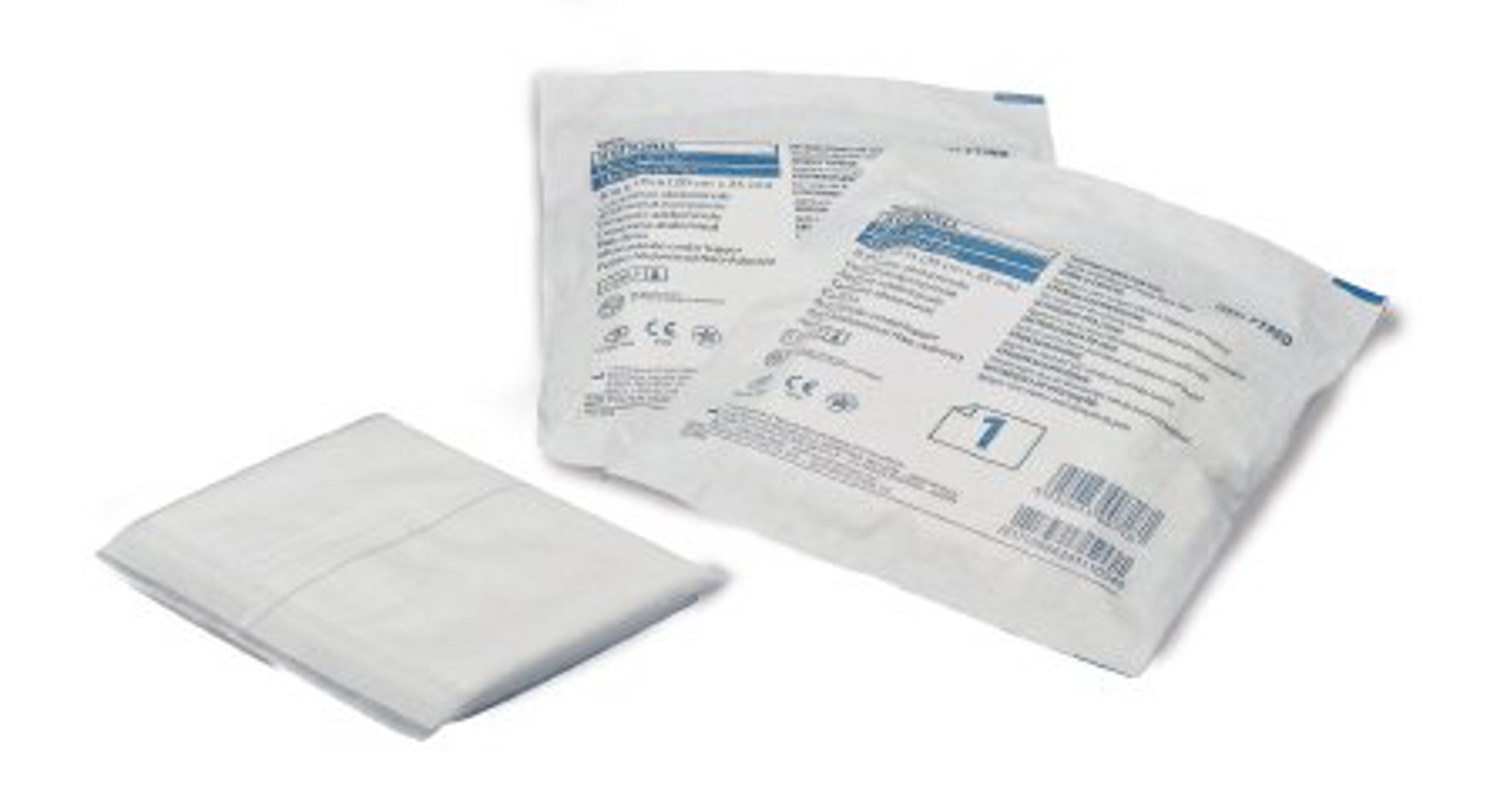
Arrives Fri, Jan 2 - Sun, Jan 4
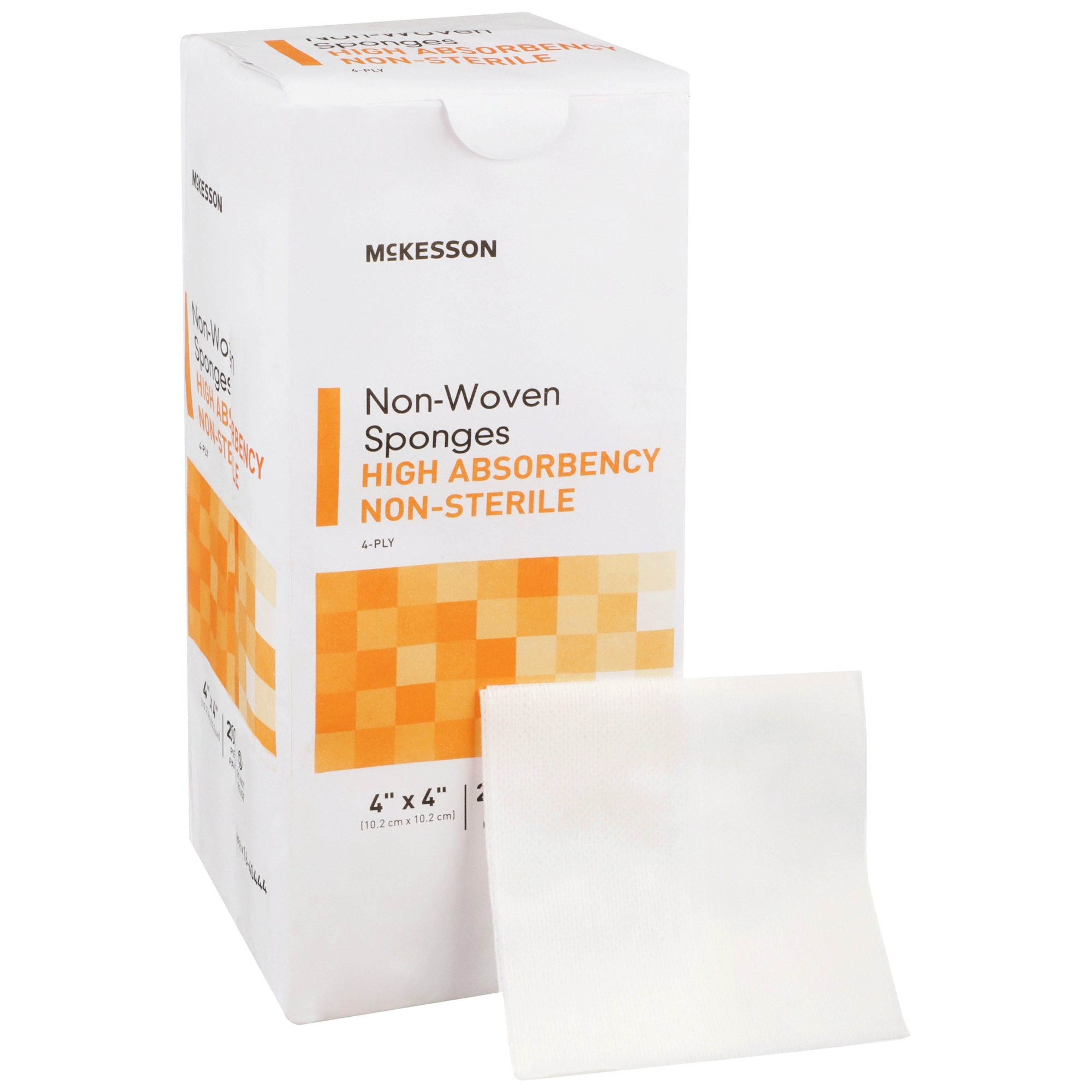
Arrives Fri, Jan 2 - Sun, Jan 4
FSA & HSA eligible
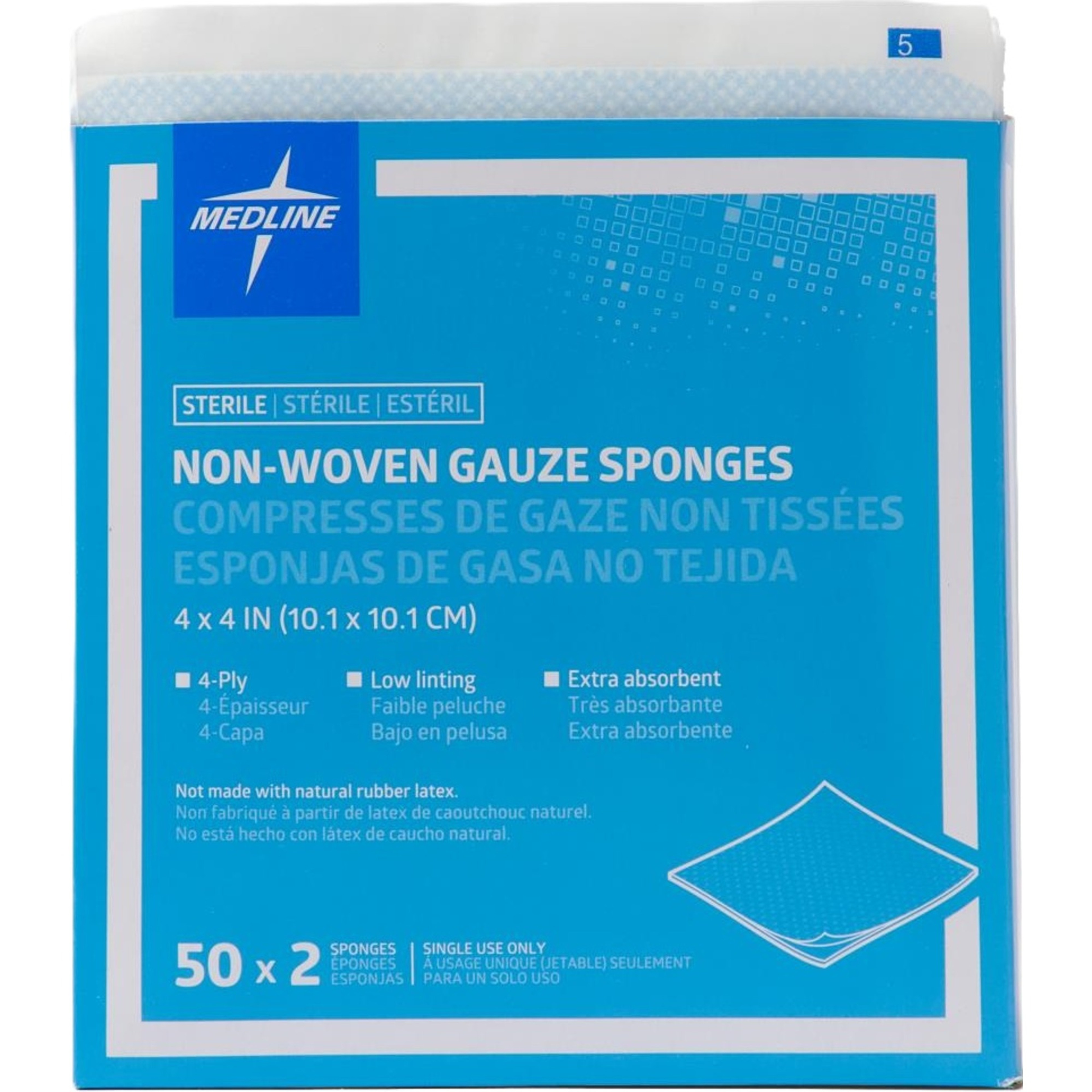
Arrives Fri, Jan 2 - Sun, Jan 4
FSA & HSA eligible
Gauze is a type of fabric that is particularly well-suited for first aid dressings because it is absorbent and breathable. Folded into squares, the layers made are referred to as “ply.” The higher the “ply,” the thicker the layers made from the square. Gauze is available in a variety of styles and sizes depending on the wound or injury.
Although usually not required for minor cuts and lacerations, if your loved one has deep wounds such as leg ulcers or pressure ulcers, damaged skin, or other injury-cased wounds, using gauze can benefit in a variety of ways:
When acting as a primary dressing held in place by medical tape, gauze provides fast wicking action, superior aeration, and excellent absorbency. Cleaning and changing wound dressings at regular intervals will help your loved one heal faster and stay healthy.
Consider having these options on hand to make dressing changes easy:
Gauze can be used to clean wounds and to apply pressure to a wound, as well as hold a dressing in place. Most gauzes are also semi-absorbent and can absorb wound drainage.
Cut the gauze to the desired size using scissors and place the center of the gauze over the wound. Wrap the gauze around the wound, making sure to not wrap it too tightly. Tie the ends of the gauze together.
Sterile gauze:
If you must place the gauze before applying it to the wound, do so solely on top of a new sterile drape. When a sterile dressing comes into contact with a non-sterile surface, it loses its sterility.
Non-sterile gauze:
Non-sterile gauze is a type of medical gauze that is not treated with any type of antiseptic or sterilization process. It is typically used for wound dressings, packing wounds, or absorbing exudate. Non-sterile gauze is available in a wide variety of sizes and shapes, and can be made from a variety of materials, including cotton, rayon, and polyester.
Abdominal pads are an extra thick primary or secondary dressing designed to care for moderate to heavily draining wounds.
“Ply” refers to the number of layers created by folding the gauze pad. The higher the ply, the more layers there are which means thicker gauze.
Wound care is the process of cleaning, protecting, and treating a wound. It is important to clean a wound as soon as possible to prevent infection. To clean, use a mild soap and warm water. Gently clean the wound and remove any dirt, debris, or dead tissue.
Once the wound is clean, it is important to protect it from further injury. You can do this by covering the wound with a sterile bandage. Be sure to change the bandage regularly.
If the wound is more than a few days old, it is important to treat it to promote healing. This can be done by applying a topical antibiotic ointment to the wound. You can also use wound dressings to keep the wound moist and protected.
See a doctor if your wound:
Best Products to Include in a Caregiver's First Aid Kit Best Wound Care Products for Seniors Emergencies 101: Building the Perfect First Aid Kit Vinyl vs Nitrile vs Latex Gloves